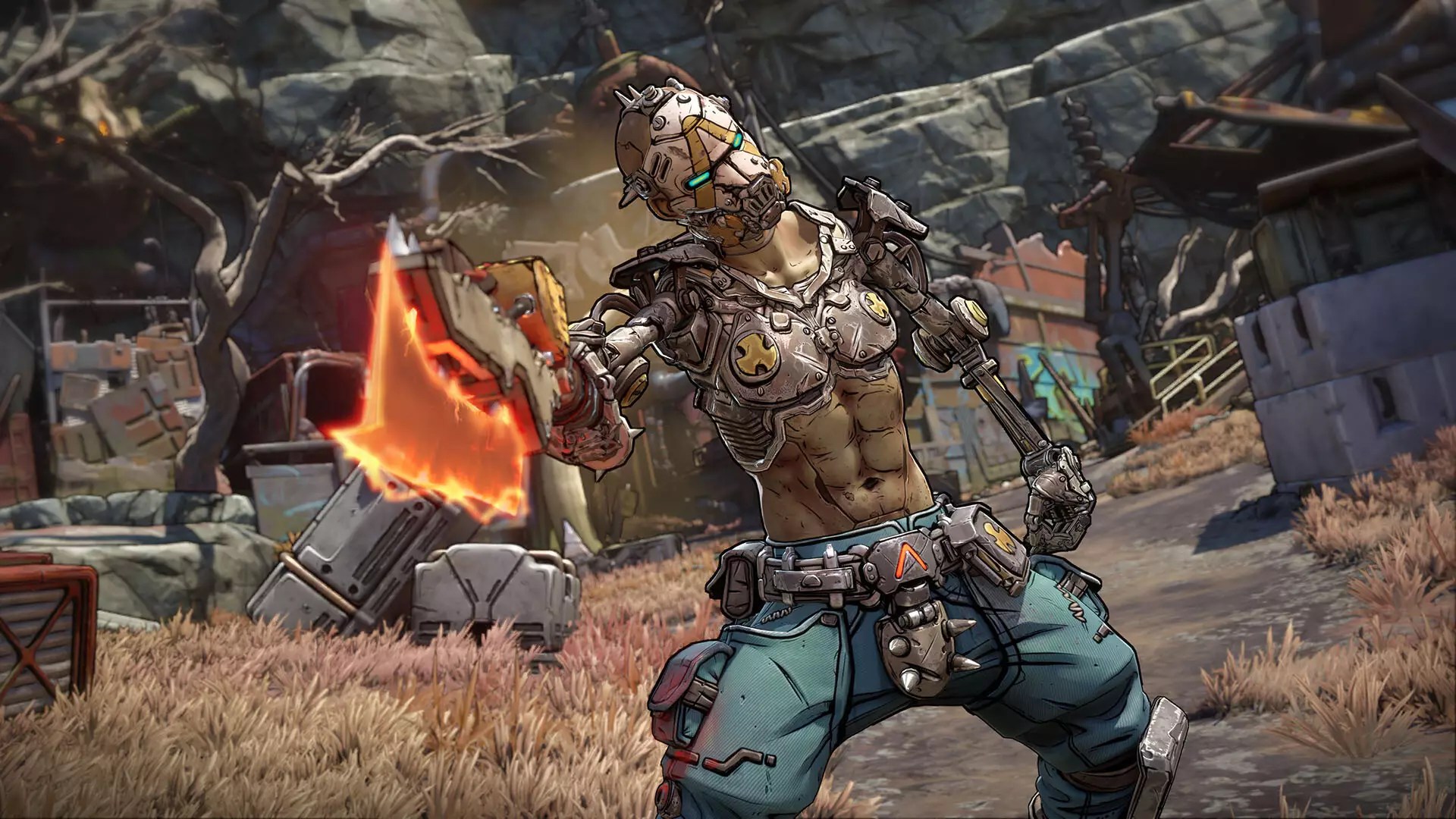The gaming world is no stranger to heated debates about pricing, especially concerning highly anticipated titles. Randy Pitchford, the head honcho at Gearbox Software, has recently ignited controversy after making comments about the potential price of Borderlands 4. His assertion that “real fans” would eagerly shell out $80 for the game has drawn widespread criticism, not only from gamers but also from other developers. This situation highlights a pressing issue: the disconnect between industry leaders and their audience regarding the value of video games.
Reaction to Tone-Deaf Remarks
Pitchford’s original comments were immediately met with backlash. Fans and critics alike described his remarks as tone-deaf, particularly coming from someone in his position. By framing the price in such an elitist manner, he risks alienating not only prospective buyers but also the loyal fanbase that helped propel the Borderlands franchise to success. Comments like these can come off as dismissive of genuine concerns regarding the rising costs of gaming, especially as players encounter a landscape where monetary investments are climbing.
The Response: A Double-Edged Sword
In typical Pitchford fashion, he later attempted to soften the blow of his controversial statement by engaging with the very criticism thrown his way. Responding to an AI-generated parody of his comments, he tweeted, “Boy howdy, JackGPT, is that how I sound?” While attempting to display self-awareness, his response still carries a hint of defensiveness. He reassured fans that he is “humbled by the love and support” and expressed confidence in the upcoming game’s value. However, the question remains: does he genuinely understand the concerns of the community, or is this merely an exercise in damage control?
The Pricing Precedence
The ongoing discourse around Borderlands 4’s potential price tag juxtaposes it against other titles. Devolver Digital cheekily pointed out that players could purchase multiple copies of their own game, Mycopunk, for the price of one Borderlands 4 if it indeed sits at $80. Pitchford’s bizarre retort comparing video game’s prices to “a point of meth” didn’t help his case. Such comments underscore an alarming trend: the normalization of exorbitant pricing in gaming, often without justifiable context for players who still see gaming as a hobby, not a luxury.
Implications for Developer-Player Relations
This situation calls into question the larger relationship between game developers and their audiences. When executives idly toss around notions of “real fans,” it implies an insidious hierarchy: that loyalty must be proven through financial sacrifice. This rhetoric is not only dangerous but can lead to lasting damage within a community. Players are becoming increasingly vigilant about where they invest their money, a sentiment amplified by various economic uncertainties. Developers should be aware that their pricing strategies reflect not just monetization tactics but a broader relationship with their customers.
As the gaming landscape continues to evolve, so must the attitudes of its harbingers. Whether or not Pitchford genuinely grasps these implications remains to be seen, but one thing is certain: the dialogue around game pricing will always evoke fervent discussion within the community. As we look ahead to the launch of Borderlands 4, the industry must seek greater understanding and empathy toward its dedicated player base.


Leave a Reply